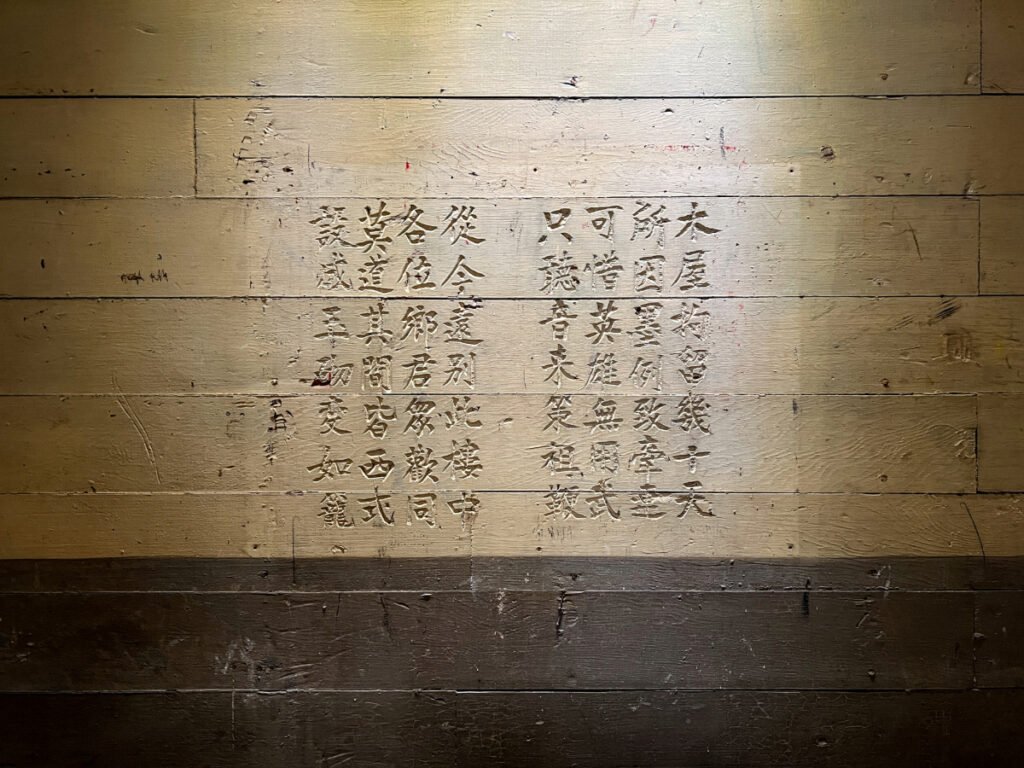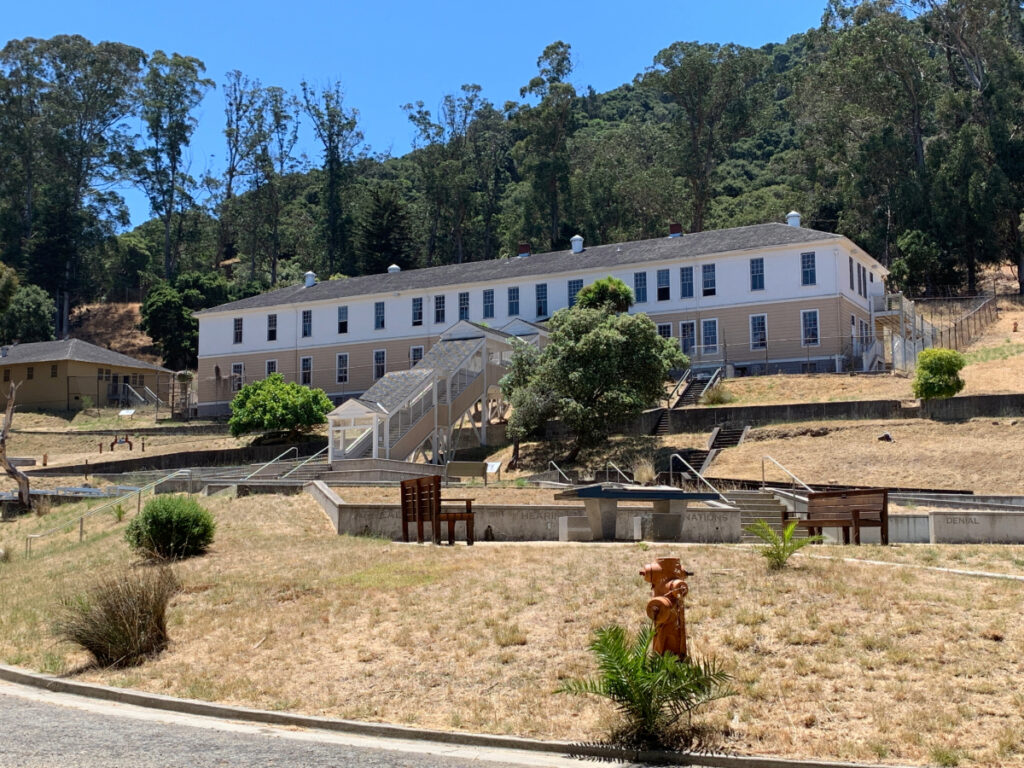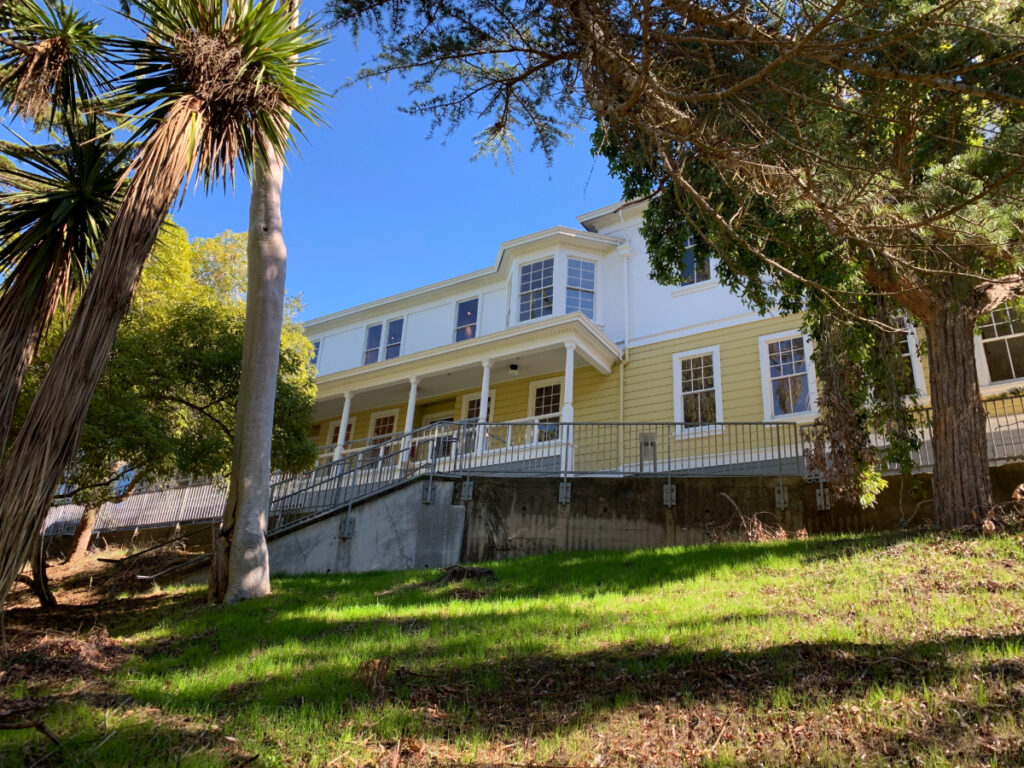In May 1970, the barracks on Angel Island were slated for demolition. But when a park ranger entered the off-limits building and saw Chinese poetry carved into its walls, the site’s cultural significance fueled a campaign to preserve its history.

Today the poetry carved in these walls can be read from anywhere, thanks to the “Poetry Finder” created by the Angel Island Immigration Station Foundation. On their website, viewers can go room to room, seeing calligraphy alongside translations into English and recordings in Cantonese or other Chinese dialects.

“Of all the immigrants from 80 different countries who were processed or detained on Angel Island, Chinese immigrants were held for the longest periods,” said AIISF’s executive director, Edward Tepporn, noting that detained migrants carved 200 poems into the barrack walls. “AIISF’s Poetry Finder is an important resource that will help visitors find and connect more deeply with their experiences and emotions.”

The AIISF website also provides free, downloadable curriculum guides designed for grades 3–12, including an illustrated activity book with stories of formerly detained arrivals, many of whom were of school age. These materials can be used before, after, in tandem with or in place of a trip to the island.
Angel Island’s Immigration Station operated from 1910 to 1940. Of about half a million arrivals to San Francisco during this period (a figure which includes mostly immigrants, but also some temporary visitors and American citizens), about 300,000 were detained at Angel Island. One-third of detainees were ethnically Chinese, and the next largest groups were Japanese at 85,000 individuals, South Asians at 8,000 and Russian and Jewish people at 8,000.

After it closed as an immigration station, Angel Island was also used to intern 700 Japanese Americans during World War II. But since the poems saved the Immigration Station from obscurity, it’s been a site to commemorate the history and contributions of the people who passed through its facilities.
If You Go

Ferries to Angel Island run from Tiburon (Angel Island Tiburon Ferry) and San Francisco (Golden Gate Transit). The Angel Island Immigration Museum and the Detention Barracks Museum are open Wednesday through Sunday, from 11 a.m. to 2:30 p.m.; admission is free for the former, and tickets for the latter are $5 for adults and $3 for youth. The Immigration Station is a 1.2-mile walk from the ferry landing at Ayala Cove. Find more information and ferry schedules at parks.ca.gov.

